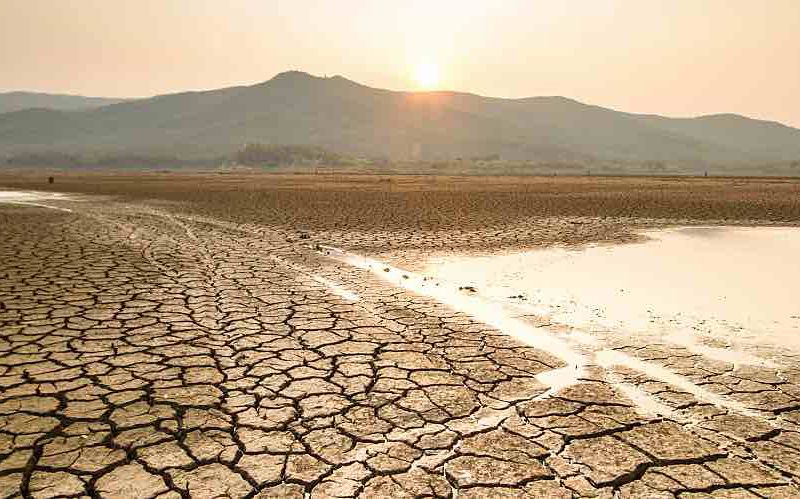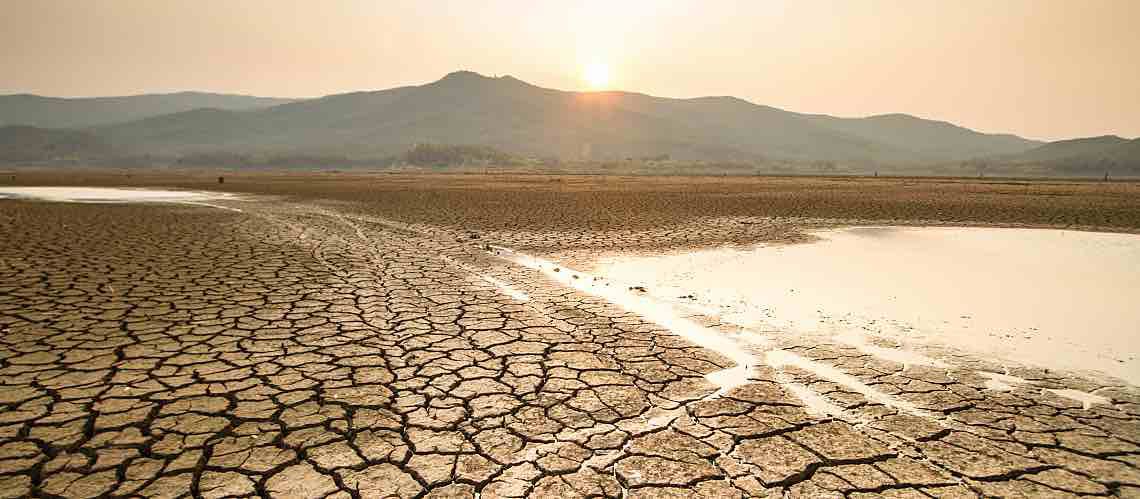The Importance of Well Testing During a Drought: Educating Customers


Everyone with a private water well should check the mechanical status of the structure and conduct well testing at least annually, according to the Centers for Disease Control and Prevention. But, according to a report in Science of the Total Environment, only 38% of well owners conduct maintenance every year. Water testing labs can emphasize the critical need for testing by educating customers on the potential for contaminants and chemicals to seep down and pollute the groundwater that serves as the well's water source.
In agricultural areas, contaminants may come from livestock and feeding operations and fertilizer, biosolids, or pesticide application. In industrial areas, volatile organic compounds (VOCs) can seep into the soil. And in many areas, sewer overflows and malfunctioning water treatment systems can pollute the water. Even naturally occurring minerals and chemicals, including arsenic and uranium, can contaminate groundwater.
So, how do you convince private well owners in your area that they need their water tested by a licensed lab?
When to Test Well Water
Most homeowners want to ensure their well water is safe for drinking to protect their families from everything from gastrointestinal illness to diseases like cancer. Additional testing is recommended if any of the following are true:
- Well water has changed significantly and suddenly in smell, taste, or color.
- The well is shallow or older and surface water pools in low spots.
- Recent repair, damage, or flooding have occurred in or near the well.
- The home is being bought or sold.
- The residents are expecting a baby.
- A household member is immunocompromised.
Your water testing lab can also help well owners understand contaminants of concern and what types of bacteria, chemicals, and general physical properties they should test for in your area to keep their families healthy and their pipes damage-free. Water lab managers should also share information on any issues with public water systems that could impact well owners.
How Droughts Affect Water Safety
In 2020 and going forward, well owners face another threat: 49% of the contiguous U.S. states were in moderate to exceptional drought conditions as of year-end, with conditions particularly dire in the Southwest, according to The Washington Post.
Droughts can have serious impacts on groundwater supplies, according to WellOwner.org. Older wells tend to be shallow and more vulnerable to changes in water levels, which rise during the wet months, peaking in March, and fall during the dry ones, nosediving by October. If more water is pumped out than comes in — from the entire groundwater reservoir — a well can run dry, which could ultimately require drilling deeper. That could change the character of the water by increasing minerals but provide better protection from human-induced contamination.
Even if a well hasn't failed, contaminants such as arsenic and heavy metals could be present in greater concentrations as water levels fall. For example, last summer, agencies in Arizona, Idaho, Montana, South Dakota, and Utah warned of high levels of naturally occurring arsenic in groundwater, according to WaterWorld. A whole-house filtration system, along with well testing, may be the best solution for peace of mind.
The Role of the Water Lab
Harmful bacteria and contaminants are often undetectable by sight or smell alone. Only testing will tell your customers if their water is safe to drink. They should test annually for the following:
- Microbiological contaminants: Coliform and E. coli bacteria indicate the presence of fecal contamination in the groundwater supply. Certain types of bacteria can cause acute gastrointestinal illness.
- Chemicals: Naturally occurring and human-made chemicals, including arsenic and VOCs, can cause long-term health issues.
- Physical properties: General physical parameters, such as total dissolved solids and pH, can affect the taste and odor of customers' water and may even cause damage to pipes.
Educating customers on the reasons for water testing and how seasonal precipitation affects their well can be an opportunity for both business growth and public service.






